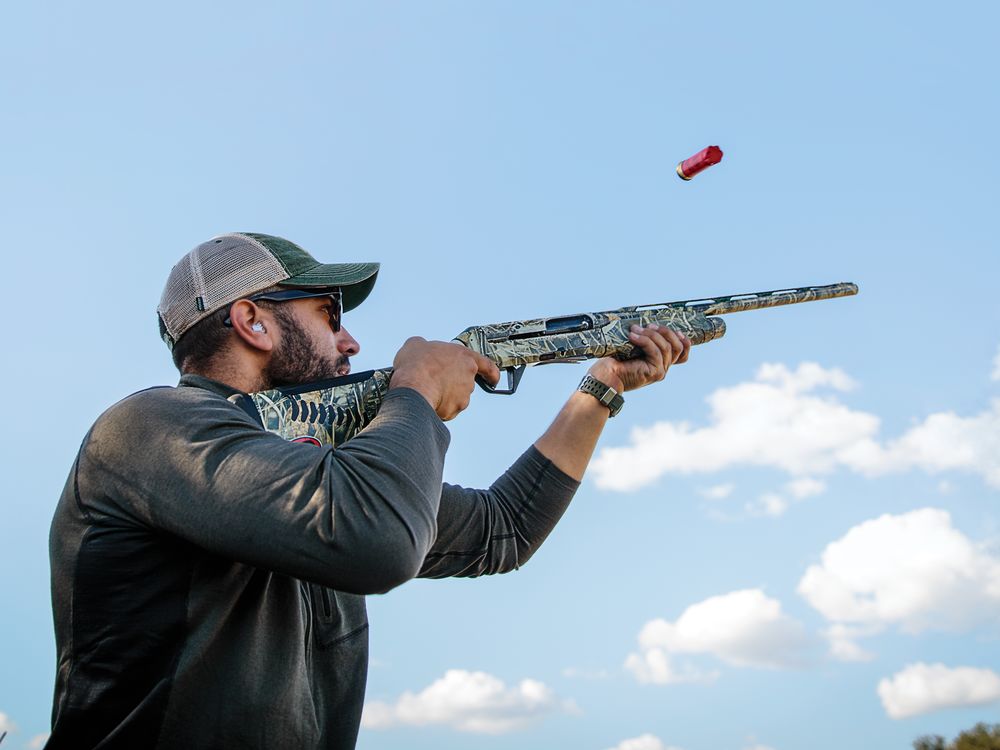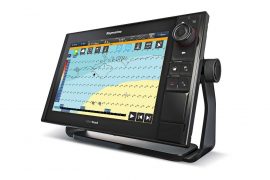
The 98 cents’ worth of plastic shims that came with your new $1,800 semiauto might be the most important part of the whole shotgun. Stock shims let you fine-tune cast and drop to get a perfect fit—and make your new gun almost a part of you. This is a big deal. Before shims, altering a wood stock involved a gunsmith and real money, and changing the dimensions on synthetic stocks was pretty much impossible.
Now, many shotguns come with shims, including such affordable standards as the SuperNova pump and the Mossberg 930. No longer is the off-the-rack shotgun a one-size-fits-all proposition. That little bag of plastic shims can make you a much better shot, if you know how to use what’s inside.
The first thing to do with your shim kit is…nothing. Put it someplace where you will not lose it, and start with an honest appraisal of your gun mount. If you practice it on a regular basis and are already dialed in, you can skip this step. Otherwise—and here I am talking to the vast majority of you—listen up.
Your head is the rear sight of the shotgun, but think of it as a scope for a moment: There’s no point in sighting in a gun if the mounts and rings are loose and the scope wiggles. Likewise, if your head doesn’t meet the stock consistently, your point of impact will wander and gun fit becomes a moving target. You need to crank down the screws. With a real scope, you use a Torx wrench. With a shotgun, you practice your gun mount until the “sight” (your head) comes to the same place on the stock every time.
I’ve written ad nauseam about how to mount a shotgun correctly, but it really matters, so let’s review: Practice at home by first checking and then double-checking that your gun is unloaded. Pick a spot on an opposite wall, fix your eyes on it, and bring the gun up so that the muzzle points to the spot without your looking at the bead. Do this by pushing the muzzle toward the target while raising the stock smoothly to your face first, not your shoulder. Don’t crush your head into the stock, because you won’t do that in the field. If you practice this drill with a Mini Maglite AA in the muzzle, the beam will tell you if the gun is pointing where it’s supposed to. You can also check your work in a mirror. When you mount the gun on your reflection,…





